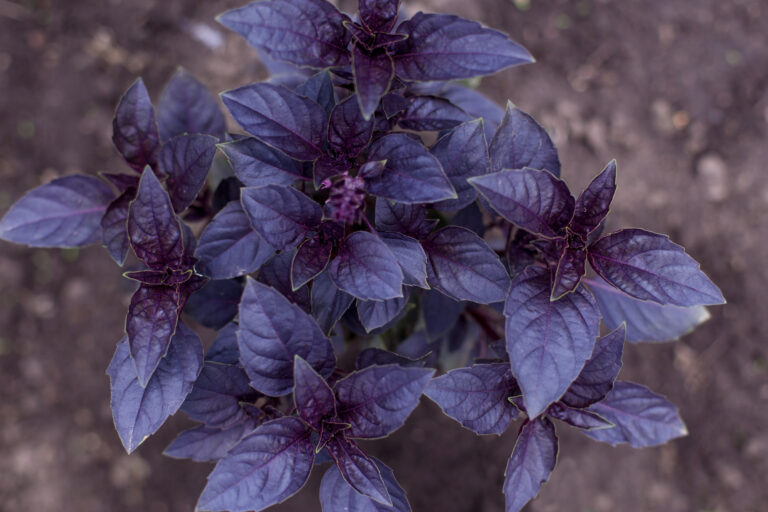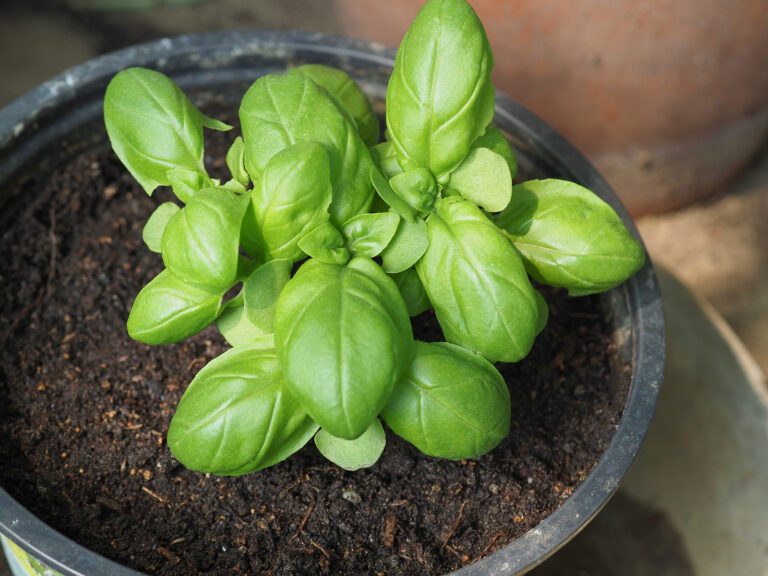Seven Ways to Prepare Horseradish
The peak season for freshly harvested horseradish is early spring and late fall. Horseradish is a long, knobby root—it’s an herb, not a vegetable–that has no aroma until you scratch, cut, or grate it. The pungent odor and the hot taste of horseradish are due to a volatile oil—similar to mustard oil—that is released when…






